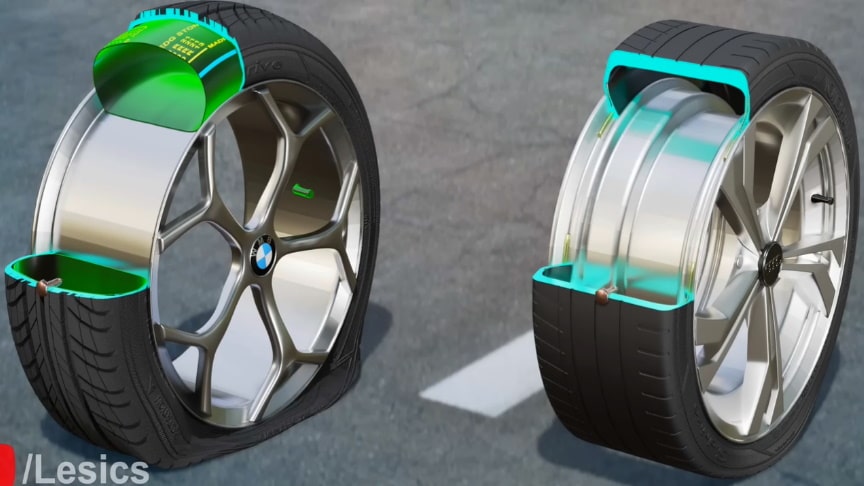Tubeless tires have a wonderful physics behind them. Let’s get into the engineering and physics of them in this video.Tubeless tires are pneumatic tires that do not require a separate inner tube.The tubeless tires, unlike traditional tires, do not contain a tube inside.
The air is kept from leaking out between the tire wall and the rim of the wheel, by the use of an airtight seal. A tubeless tire is designed by locking the tire bead properly onto the rim of the wheel. Furthermore, the wheel rim needs to be perfectly seated on the valve stem to make the whole arrangement completely airtight.
The tyre has a halo or chloro-butyl lining on its inside which is airtight. Together with the airtight joint between the tyre and the wheel, the membrane forms a container that holds the air for the tyre.Rubber compounding is like mixing a cake recipe.
Advertisement
Different ingredients are mixed to produce compounds with specific characteristics. The outside tread compound provides traction and mileage, whereas the rubber located inside the tire adheres to the belt system and provides stability to the tread area. If a tubeless tyre gets a small puncture, air escapes only through the hole, leading to a gentle deflation. Conversely, a tubed tire, with an inner tube, could burst like a balloon, leading to deflation of the tire which could result in sudden loss of control of the vehicle.











